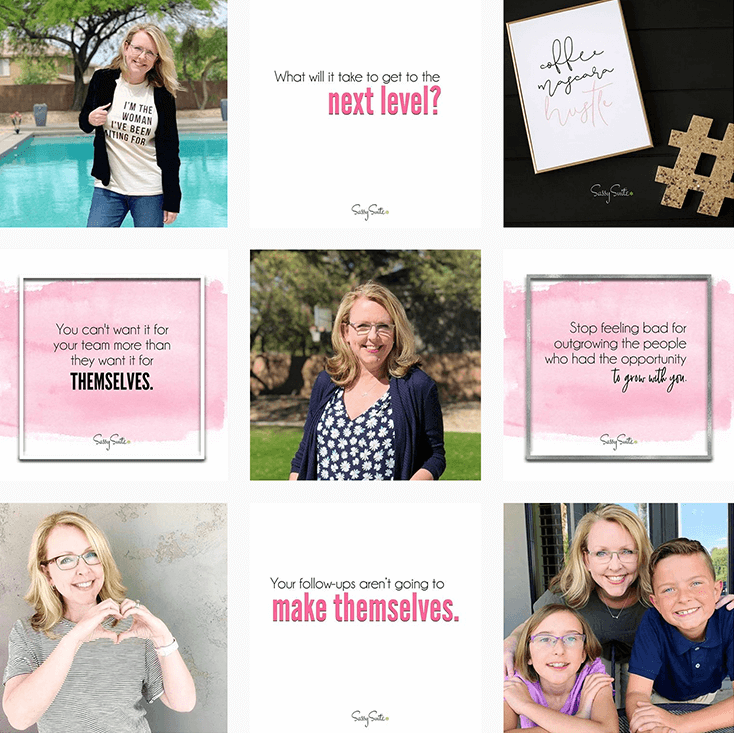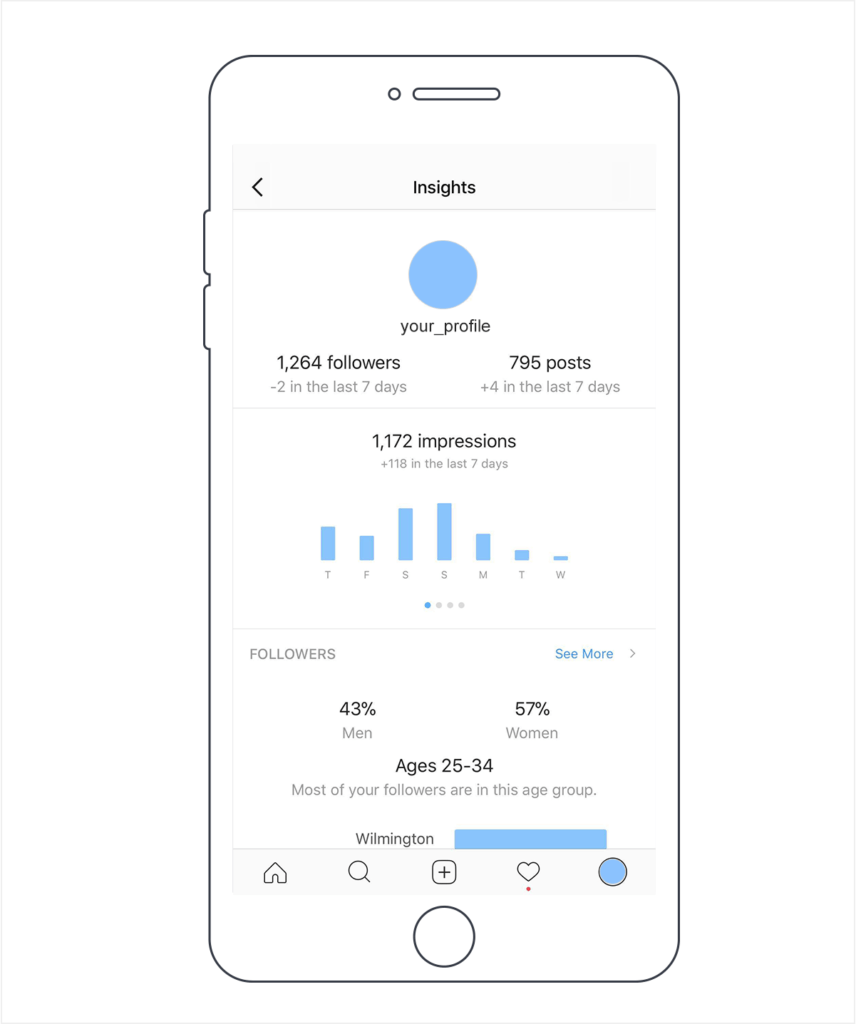Running a successful business online is no easy task, particularly for direct sellers. With so many people marketing their products and services on social sites, it can sometimes feel impossible to break through. And once you do, how on Earth can you convince people to part with their hard-earned cash?
So when Brenda Ster decided to leave her high-powered corporate job to devote herself to selling jewelry online, her friends and colleagues thought she was crazy. But once her business began to boom, everyone wanted to know the secret to her success. That’s when Ster founded Sassy Suite, a consulting business dedicated to helping small-business owners and direct sellers market their products and services online.
We recently had the opportunity to host a webinar with Ster where she revealed some of her most valuable insights for digital marketing success. Read on to get some tips that are sure to help you achieve your online marketing goals.
Add value, not spam
There’s enough spam in the world without having to see it on your social feeds, especially from a friend or acquaintance. Unfortunately, spammy online sales pitches are prevalent online and have given direct sellers a bad name. Brenda Ster has made it her mission to rid the web of these annoying pleas for purchases and replace them with a savvier marketing approach that attracts rather than repels.
For Ster, it’s all about offering people value. “I tell my clients to approach direct selling in a much more authentic way, to build content and value for their audience before they ask for a sale.” This is where “sell less, sell more” comes into play. Rather than telling your social sphere: “Hey, guys, I’m almost at my goal for the month…can you help me out?” Ster advises to instead make the customer the focus. “When the marketer makes themselves the hero, the customer loses interest in the story,” she points out. Drop the product sales pitch and instead figure out what problem the customer has that you are going to solve. What are you offering them that will make their lives better or richer or more productive?
Remember the 3 P’s

Many a marketer will understandably ask: “But what do I have to offer? How do I create value?” Ster recommends offering a mix of content comprised of the three P’s—personality, purpose, and promotion.
Personality posts are the ones that show who you are as a person, your sense of humor, your likes and dislikes, your history, your family, and anything else you’re willing to share. Ster calls this “low-risk” content because it doesn’t require anything of your follower. “You’re not asking someone to commit to something,” she notes. “This is the reason why animals and children always get good engagement.” Here is where you can ask provocative questions of your audience (gelato or ice cream?) or share your summer travel plans (Airstream roadtrip across America). Basically, personality posts fulfill people’s desire for entertainment and fun.
Purposeful content is all about providing value to your prospect. “It’s the stuff that’s helping them along their journey, offering them solutions to whatever problem they might have,” says Ster. Keep in mind, your product or service is just a part of the solution. Purposeful content is all the other advice and guidance you give that helps create a more meaningful relationship with your audience. “The more tips we can provide, the more value we can provide, the better we help draw them deeper into a relationship, into our community,” explains Ster.
Promotional content comes last, after you’ve created a bond by sharing fun, personal content and after you’ve offered a ton of value by sharing purposeful posts. “We need to first make a lot of deposits in the relationship bank,” notes Ster. “So somewhere down the road, when it’s time to ask for the sale, we’re able to make a withdrawal because we’ve already deposited a lot of value.”
Create a personal brand

All businesses—from the part-time direct seller to the multinational corporation—must develop a unique brand. Ster says that some direct marketers she’s worked with forget this truism, and instead rely on the beautiful, glossy images provided by their corporate parent as their sole means of communicating with customers.
“I see them all using the same assets,” says Ster. “What happens is 10,000 people post the exact same image at the exact same time on Facebook and Instagram and nobody gets any reach and everyone’s engagement plummets. Then they wonder why their business isn’t growing.” Ster advises people to only use corporate assets sparingly, and instead develop their own personal style as a way to stand out from the crowd, create a strong and sustainable relationship with customers, and build the kind of trust and connection that will ultimately lead to a sale.
Ster relies on PicMonkey as her go-to design tool because of its ease of use and ability to help her create striking imagery that gets noticed. And she notes that PicMonkey allows her to create and store templates that she can easily modify so her look remains consistent across all of her marketing materials. “For example, most all my images have a pink border, little polka dots and a little green asterisk in the corner,” she notes. “At a certain point, they start to look like me. And as soon as somebody recognizes the image before they know who posted it, you’ve established your visual look, your brand. That’s powerful.”
Track your engagement

Ster urges her clients to listen to their followers when deciding what to post. “Your community tells you what they like, and the way they do it is through engagement,” she says. “So engagement is either up, and they ‘like, like, like,’ because they totally connect with what you posted, or they’re silent. And silence is feedback. Silence is: ‘I didn’t connect with this, I’m not going to do anything.’”
The way to create a content strategy is to go back and analyze which posts worked and which didn’t. “If your content isn’t getting engagement, it’s the wrong content. It’s as black and white as that,” explains Ster. “If you’re not getting engagement, the message is wrong, you didn’t define a problem clearly enough, or you don’t know who you’re talking to. Because someone is on the other side of that screen—that mobile screen, that mobile device, that ad, that post—and they’re reading something and they’re like, ‘Well, that doesn’t apply to me, that’s not me.’”
Ster urges marketers to really track performance, so if they see a big drop in engagement, they can immediately switch course rather than digging deeper into a hole. “If you see a drop, the next thing to do is put up some personality content and bring them back in with a low-risk post,” she advises. “That’s what will keep them engaged.”
Set a goal

Ster acknowledges that people go into online selling for a wide variety of reasons. For some, it’s their livelihood. For others, it’s a way to pay for a vacation or new clothes for the kids. But no matter the motivation, all sellers need to have a real, tangible goal.
��“My approach to goal-setting is very much ‘begin with the end in mind,’” says Ster. She tells people to figure out their goal for the month and then back into an execution plan that builds toward it. “So I have to sell a certain number of items or have a certain number of customer sales, which then breaks me down to a certain number of parties or sales events or sales motions I need to hold. I begin with the end in mind, and then back into the sales plan.”
Ster cautions against going into business with a “let’s just see how it goes” attitude. Everyone has aspirations, a desire to go on a journey that takes them to a particular destination. As Ster puts it: “If you don’t have a goal, how will you know if you got to where you wanted to be?”
